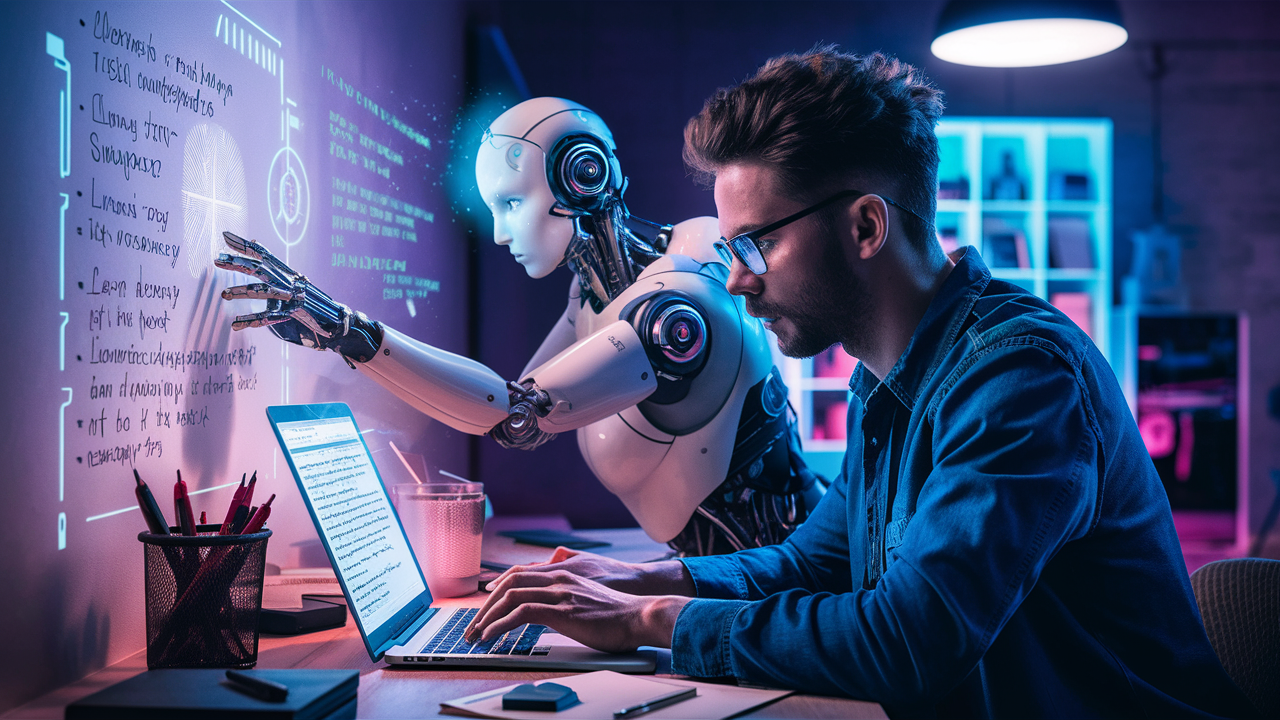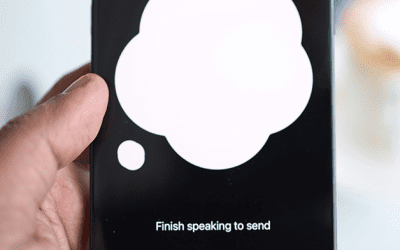Crafting Engaging Web Content in the Age of Artificial Intelligence
Artificial intelligence (AI) has emerged as a powerful tool in today’s approach to content creation. However, the key to success lies not in replacing human creativity with AI but in finding the perfect balance between the two. In the debate of Human or AI, it’s crucial to effectively integrate AI-developed content into your web pages while maintaining the unique human touch that sets your brand apart.
Understanding the Role of AI in Content Creation
AI has revolutionized the way we approach content creation. It offers efficiency, consistency, and the ability to quickly process vast amounts of data. However, it’s crucial to remember that AI is a tool, not a replacement for human creativity and insight.
Most Common Objections to Using AI For Content
- Lack of Creativity and Originality: Critics argue that AI-generated content needs more creativity and originality from human writers, making it feel generic and uninspired.
- Quality and Accuracy Concerns: There are concerns that AI might produce content with errors or inaccuracies, which could damage a brand’s credibility and reliability.
- Loss of Human Touch: Many people believe AI cannot replicate the personal touch, emotional connection, and nuanced understanding human writers offer, leading to less engaging content. This human touch makes your content unique and appreciated by your audience, and it’s something that AI can’t replace.
- Ethical and Authenticity Issues: Some worry about the moral implications of using AI for content creation, including issues of transparency and authenticity, as audiences might feel misled if they discover the content was machine-generated.
- Dependence on Technology: There is a fear that over-reliance on AI could lead to a diminished role for human creativity and critical thinking, potentially reducing job opportunities for writers and editors.
The Ideal Balance: A Breakdown of AI and Human Input
Let’s examine a general guideline for balancing AI-generated content with human creativity across different aspects of your web page.
Introductory and Informational Sections (20-30% AI)
AI excels at handling basic introductions, product descriptions, FAQs, and general information. Its consistency across large volumes of content makes it ideal for these sections.
For example:
- Product Descriptions: AI can generate initial drafts based on specifications, ensuring all essential details are included.
- FAQs: AI can compile common questions and provide concise, accurate answers.
- Company Information: Basic “About Us” content can be drafted by AI, ensuring all essential information is covered.
Human Input: Review and refine the AI-generated content to inject brand voice and personality. Add unique insights or anecdotes that only someone familiar with the company could provide.
Blog Posts and Articles (30-40% AI)
AI can be a powerful ally in content creation, providing drafts or outlines that serve as a starting point. However, human editing is crucial for ensuring the content is engaging, accurate, and aligned with your brand’s voice.
Here’s how to leverage AI effectively:
- Use AI to generate initial drafts or outlines based on specific topics or keywords.
- Employ AI for research, gathering relevant statistics and information.
- Utilize AI for content optimization, suggesting keywords, and improving readability.
Human Input: Refine the AI-generated content by adding personal experiences, industry insights, and a unique perspective. Ensure the tone aligns with your brand voice and the content resonates with your target audience. Human writers should focus on crafting compelling narratives, adding humor where appropriate, and ensuring the content is relatable and engaging.
Interactive Content (10-20% AI)
AI can power various interactive elements on your website, enhancing user experience and engagement.
Examples include:
- Chatbots: AI-powered chatbots can handle customer inquiries and guide users through your site.
- Recommendation Engines: AI algorithms can analyze user behavior to suggest relevant products or content.
- Personalized Content: AI can tailor content based on user preferences and browsing history.
Human Input: Design the overall strategy for interactive elements, ensuring they align with your brand’s goals and user needs. Review AI interactions regularly to identify areas for improvement and maintain a human touch in more complex inquiries.
Visual Content (10-20% AI)
AI tools have made significant strides in generating visual content, including images, infographics, and videos. However, human creativity and brand consistency are paramount in this area.
Use AI for:
- Generating initial concept designs or mockups.
- Creating basic infographics based on data inputs.
- Editing and enhancing images.
Human Input: Provide creative direction, ensure brand consistency, and add the finishing touches that make visuals compelling. Human designers should focus on creating unique, eye-catching visuals that capture the essence of your brand and message.
SEO and Technical Content (10-20% AI)
AI can be a powerful tool for optimizing your content for search engines and creating technical documentation.
Utilize AI for:
- Keyword research and optimization.
- Generating meta descriptions and title tags.
- Creating initial drafts of technical documentation or user manuals.
Human Input: Review and refine AI-generated SEO elements to ensure they align with your content strategy and brand voice. Human experts should verify its accuracy for technical content, add context where needed, and provide user-friendly information.
Key Points to Remember
Human Oversight is Non-Negotiable: Always ensure that AI-generated content undergoes human review and editing. This maintains quality, relevance, and brand consistency.
Strive for Balance: The most effective web pages combine AI’s efficiency with human input’s creativity and emotional intelligence. This balance creates content that is both informative and engaging.
Customize Your Approach: There is no one-size-fits-all solution. Tailor your use of AI content based on your website’s specific needs, audience, and brand identity.
Embrace AI as a Tool, Not a Replacement: AI is meant to enhance human capabilities, not replace them. Use it to handle repetitive tasks, generate ideas, and provide data-driven insights, freeing human creativity for higher-level thinking and strategy.
Continuous Learning and Adaptation: Stay informed about new capabilities and best practices as AI technology evolves. Regularly reassess your content strategy to ensure you’re leveraging AI effectively while maintaining the unique human elements of your brand.
The Human Touch in an AI World
In the quest for efficiency and scalability, it’s easy to be tempted by the allure of fully automated content creation. However, the most successful web pages will strike the right balance between AI-generated efficiency and human creativity.
Don’t be afraid to use AI as the powerful tool it is, but remember that it’s the human part of the equation that makes your content uniquely yours. Your experiences, insights, and audience understanding will set your content apart in an increasingly AI-driven world.
As we pursue better tools and approaches to content creation, let’s embrace the partnership between humans and artificial intelligence. By doing so, we can create web content that is efficient, optimized, and creative to have a positive impact on our business.
Let Studio490 help you strike that balance today.







